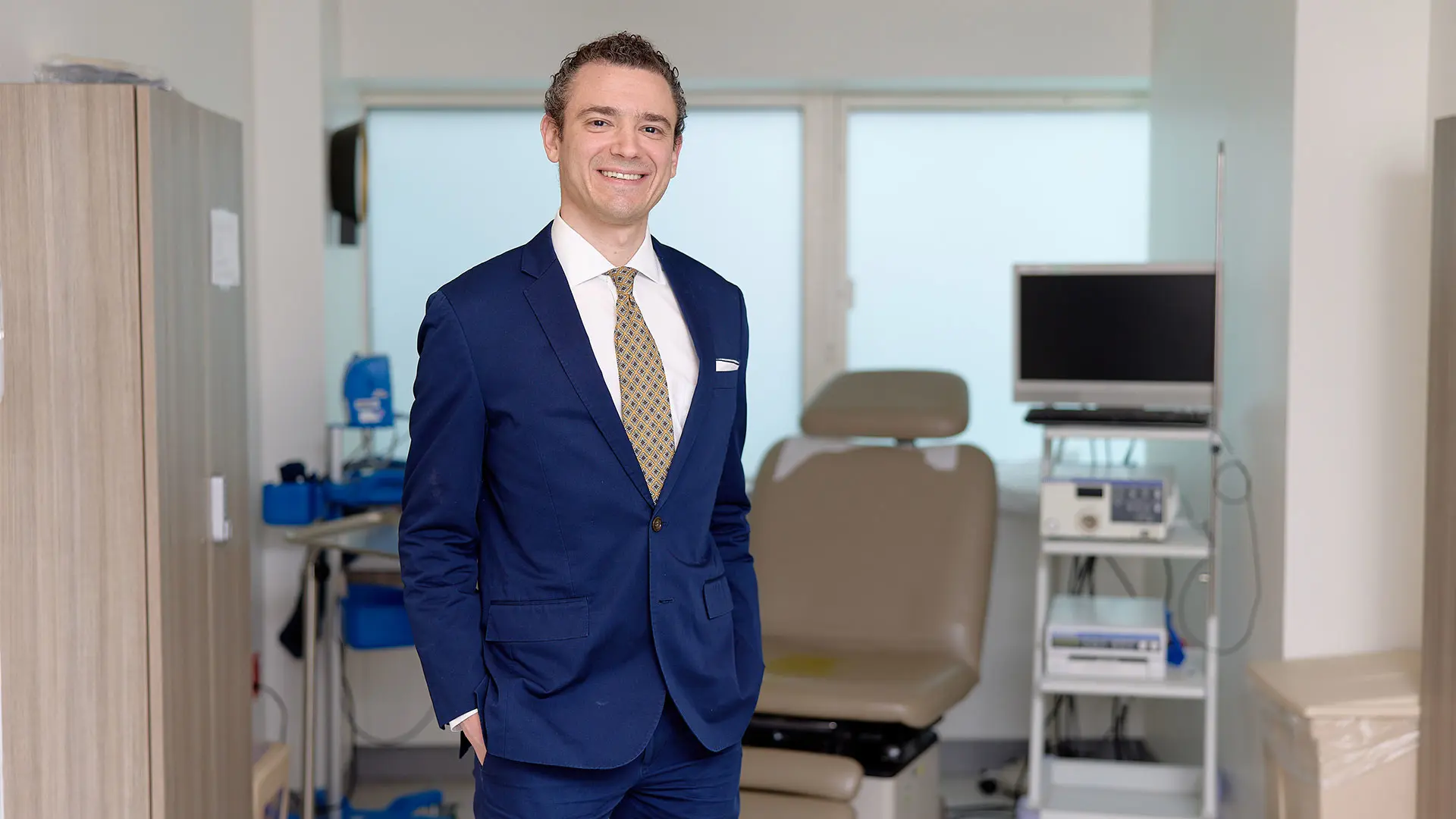The Centers for Disease Control and Prevention reports that 97 percent of men found to have prostate cancer will be alive five years later. But, at the same time, a trend is becoming increasingly apparent to urologists who routinely treat these patients: Men are being diagnosed at younger and younger ages with prostate cancer at a point in their lives when quality-of-life issues, particularly sexual health, are overarching concerns for them.
For that reason, penile rehabilitation following prostatectomy and radiation therapy to restore erectile function to pre-operative levels has become a priority for the Men’s Health Program at The Mount Sinai Hospital.
Urologic specialists have begun implementing a comprehensive clinical protocol that begins even before treatment and integrates a wide range of therapies—from phosphodiesterase type-5 (PDE5) inhibitors to intracorporeal injections to vacuum erection devices and penile implants—in efforts to determine what combination is most effective for ensuring long-term erectile health. To that end, research is also underway in such related areas as minimizing trauma to the nerves that sheath the prostate and that, even in the best of nerve-sparing surgical procedures, can be injured.

“Ours is an evolving field with new medicines, modalities, and techniques coming on board that could dramatically change clinical practice two or three years from now,” says Leon Telis, MD, Associate Professor of Urology. “For now though, our goal is to meet the needs of our male patients with proven protocols for ensuring them a healthful sexual life for years and, in a growing number of cases, for decades following prostate procedures—which we’re also working to make better and safer.”
“We have patients doing different combinations of these drugs and procedures to identify specific rehabilitative strategies that will result in the best outcomes,” says Leon Telis, MD, Associate Professor of Urology at the Icahn School of Medicine at Mount Sinai and Director of the Men’s Health Program. “More and more of these men are being diagnosed with aggressive prostate cancer in their 40s, before general guidelines even recommend they be screened, and we’re trying to establish a program to address the many health issues they’re likely to encounter—sexual and otherwise—over the prolonged years following prostate treatment.”
Estimates of men experiencing erectile dysfunction (ED) in the aftermath of radical prostatectomy and radiation therapy range as high as 80 percent. With counseling and treatment that begin before or shortly after surgery, the majority of these patients can expect to regain close to their baseline function. Indeed, a penile rehabilitation program is recommended even for men who are not sexually active as a way to prevent endothelial damage to smooth muscle fibers in the erectile tissue chambers of the penis.
“We tell them we have modalities that will give them very satisfying erections for years after their prostate surgery,” says Dr. Telis, who has co-authored multiple studies on male sexual dysfunction, prosthetic urology, and male infertility.
For most patients, the process starts with a face-to-face pre-operative assessment to set baselines and personal expectations, as well as to establish a timeline for their recovery. Post-surgically, patients will typically be started by the Men’s Health Program on a low dose PDE5 inhibitor such as Cialis® or Viagra®.
“I’ll usually see patients two months after surgery, and if they’re not having a satisfactory response to medicine we’ll offer intracorporeal injections or intraurethral gels to bring healthful oxygen flow to the tissues of the penis, which helps to preserve them and prevent fibrosis from occurring,” says Dr. Telis. Other forms of rehabilitative treatment that could be introduced are pelvic floor muscle training, intraurethral pellets and, in the event these procedures do not work, insertion of a permanent penile implant.
From the various modalities being investigated at the Men’s Health Program, clinicians and researchers plan to establish guidelines that could shed light for the urologic field on treating erectile dysfunction after prostate therapy.
To that end, additional research is underway within the Department of Urology, including a study led by Ash Tewari, MBBS, MCh, FRCS (Hon.), DSc (Hon.), Chair of the Milton and Carroll Petrie Department of Urology at the Icahn School of Medicine at Mount Sinai, to assess a new technique Dr. Tewari developed known as SAFE (Saline-Assisted Fascial Exposure) and its impact on erectile function, urinary continence, and oncological outcomes after robotic-assisted laparoscopic radical prostatectomy (RALP). A recent study in BJUI International reported that the use of SAFE led to improved Sexual Health Inventory for Men (SHIM) scores between 6 and 52 weeks after RALP in patients at high risk of extracapsular extension who underwent a partial nerve-sparing procedure.
Emerging new techniques for treating ED, such as stem cell and gene therapies, platelet-rich plasma, and shock waves, could also figure in any future protocols.
“Ours is an evolving field with new medicines, modalities, and techniques coming on board that could dramatically change clinical practice two or three years from now,” says Dr. Telis. “For now though, our goal is to meet the needs of our male patients with proven protocols for ensuring them a healthful sexual life for years and, in a growing number of cases, for decades following prostate procedures—which we’re also working to make better and safer.”
